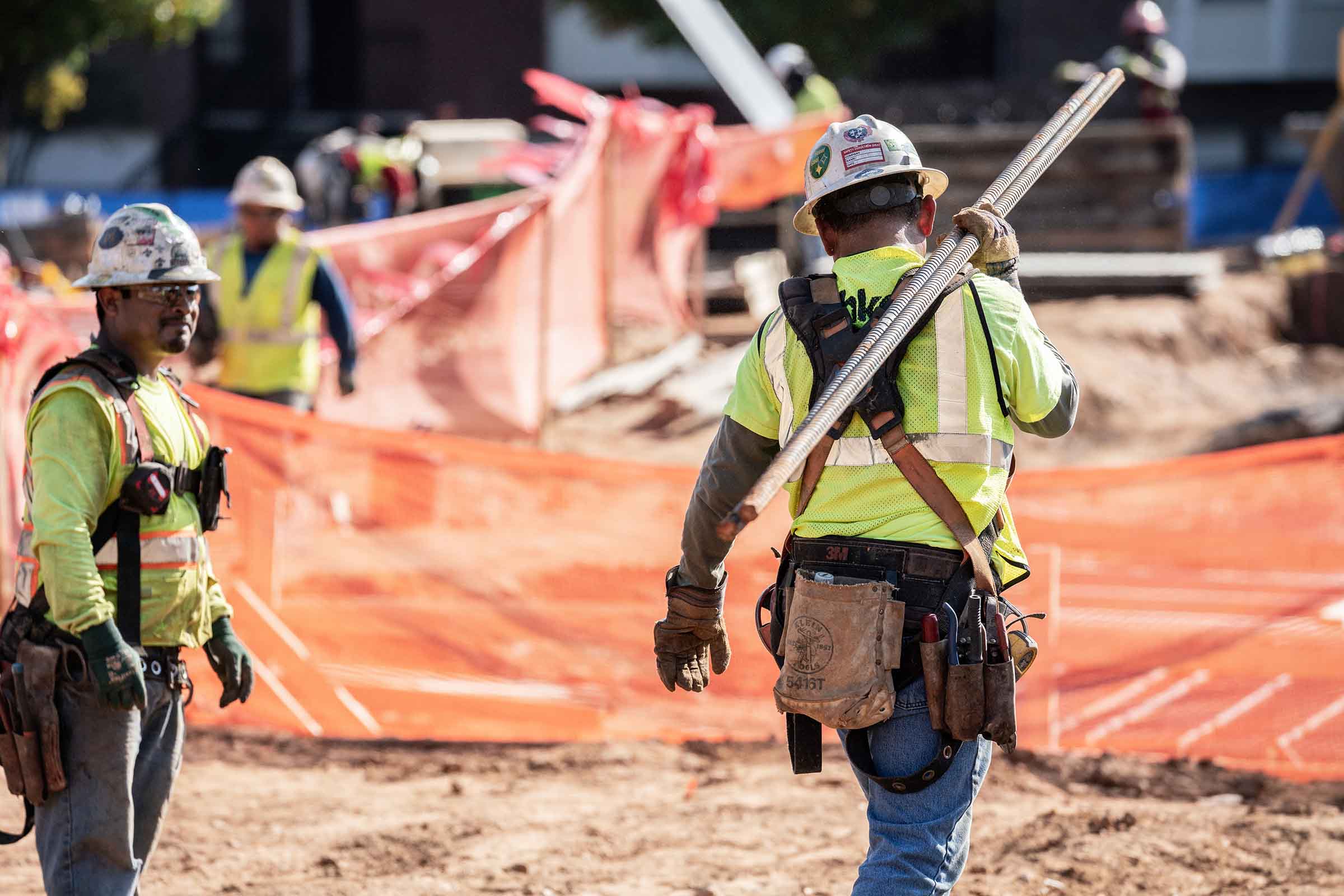
How do you plan a road trip? You have a starting point and a destination — and a lot of choices along the way. Should you take the highway or the back roads? Turn left or turn right? What about toll roads? Each choice can impact how long your trip takes, and how much it costs. You could hop in your car and figure it out on the way, or you could plan ahead and weigh your choices to create the most direct route to your destination.
We think that’s how construction projects should be planned, and the time to create that road map is prior to, or during, the design phase. By engaging early with the design team, we work together to create a detailed design schedule to ensure the design is completed on time, in the right order for efficient construction, and in line with the budget. Thinking back to our road trip metaphor — what happens when you take the time to map out your route? You avoid traffic delays, take the right detours, and plot out the best exits — finding not just a route to your destination, but the best route. A detailed design schedule identifies the milestones of the design phase, outlines a critical path, and plans for the unexpected. Your design team is the expert in designing your building, but your contractor is an asset in identifying the exact order and timeline designs must be completed with constructability, appropriate quality, and current market conditions in mind.
Here are three of our best lessons learned you can apply to your next project.
1. Fill in the Blanks
When the design team and contractor work in silos, there’s an increased risk for change orders, RFI’s, budget overruns, and schedule delays. If we receive a set of drawings with blanks, we have to identify the gaps and then hand the drawings back to the design team for revision. It’s a very wasteful process costing time and money. By working together during the design phase, we can fill these blanks in together in real time as the lines are drawn. For example, we often analyze various approaches to foundation and structure types, exterior wall systems, and mechanical/electrical systems to ensure the best solution is known prior to completing the design – allowing the design team to draw once.
2. Focus on the Details
Builders don’t deal in generalities. Whether it’s creating the schedule or quality control, we are extremely detailed planners. Architects are also very detailed — they have to be to draw complicated designs. If we combine forces early during construction, the designs we produce together will be detailed in the ways that matter most. Every finish, every material, and every product will be identified and vetted to ensure it aligns with the budget and schedule requirements. Too often we’ve started construction only to realize a material that was included in the drawings is either not compatible with other materials or not available on time or within budget. Common issues like these can be identified and resolved during the design phase, when they don’t negatively impact the project.
3. Continuously Collaborate
Pull planning works — we’ve used it in the field on almost every project since 2016. Beginning with a broad phase plan, interim milestones are developed, then sequenced and planned in smaller batches (8-12 weeks). After identifying the tasks required to reach the milestone, the real magic happens – communication and collaboration enable a common vision to achieve uncommon results. Along the way, team members realize just how dependent they are on each other for success – alignment happens, creativity surfaces, and innovation is enabled. The result is a cohesive group that is driven with one goal in mind – the project and its delivery.
A detailed design schedule is an indispensable tool on a project. It’s a road map for your project team to ensure your project’s budget and schedule remain in control. For more examples of ways to achieve a detailed design, read about lean practices we’ve used during the design phase here.

